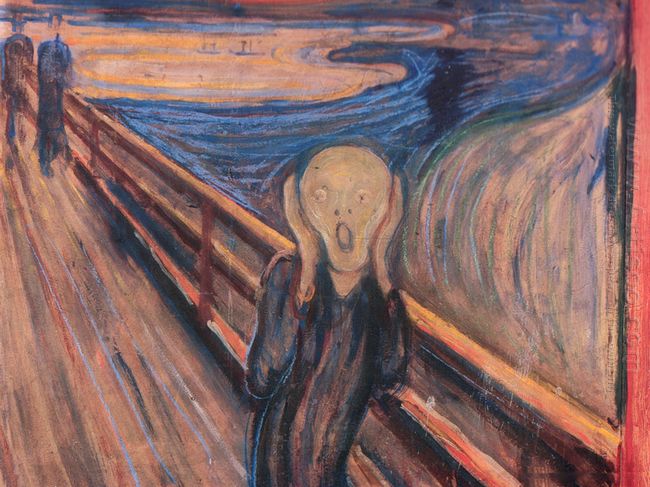The Scream was one of the representative works of Edvard Munch, who was the Norway impressionist painter. This painting was the famous work of expressionism. On May 3, 2012, in New York Sotheby’s Impressionist and modern art auction, the auction of The Scream in 1895 succeeded with the price of $119900000, creating the auction record.
The main body of the Edvard Munch painting was an extremely painful expression in the blood red background. The red background was coming from the explosion of Krakatau volcano in 1883. The volcano ash made the sky red. The place was Oslo Fjord looked down from Ekebeili Mountain. Some people thought that the work reflected the modern people’s anxious artistic conception puzzled by existentialism.
This series had a wide scope, took “life, love and death” as the basic themes, adopted the symbolism and metaphors and revealed people’s worries and fears at the end of the century. The Scream made in 1893 was the strongest and most stimulating one among this series, which was one of Munch important representative works. In this genre painting, Munch used the exaggerated brushwork to depict the distorted and screaming character and played most incisive to the human’s extreme depression and loneliness as well as fear facing the universe. This work had four versions, which were respectively hidden in the Munch Museum of Oslo (tempera, on paper, 83.5 x 66 cm), in the National Gallery (tempera, oil painting, pastels, on paper, 91 x 73.5 cm), another version in the Munch Museum in 1910, with tempera and oil painting on a board, and in 1895 collected by the Peter Olsen. In 1895 the painter made the work into prints and copies and began the public perception of the image. Since 1994, two versions have
they have been recovered.
